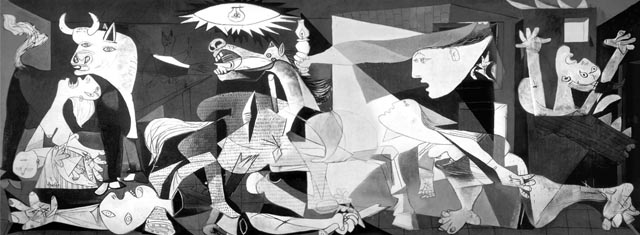
Guernica: Reminder to keep the world a place where Picasso can paint
“A work of art must make a man react… it must agitate him and shake him up.”
— Pablo Picasso —
The Cry of Guernica
Guernica is undoubtedly one of Pablo Picasso’s most famous works of art. This monumental painting is a powerful antiwar statement created in response to the Nazis’ indiscriminate bombing of the Basque town of Guernica during the Spanish Civil War in the late 1930s. Picasso painted it as the centerpiece of the Spanish Pavilion at the 1937 World’s Fair in Paris. Depicting agonized horses, wailing mothers, and dead children, the piece graphically captures the tragedies of war and the senseless destruction of innocent lives.
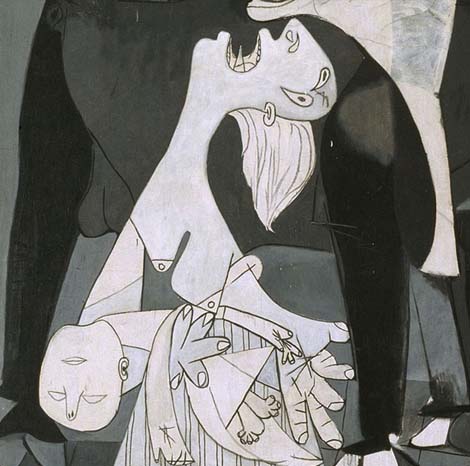
A Historical Context of Suffering
Guernica is a small town in the Basque Country. During the Spanish Civil War, it was considered a stronghold for the Republican resistance against General Francisco Franco’s Nationalist dictatorship. Franco, aligned with Hitler, sought to return Spain to its glory days based on a rigid system of law and traditional Catholic values. However, his methods were ruthless: the regime was responsible for the repression and deaths of nearly 400,000 political opponents through forced labor and executions in concentration camps.
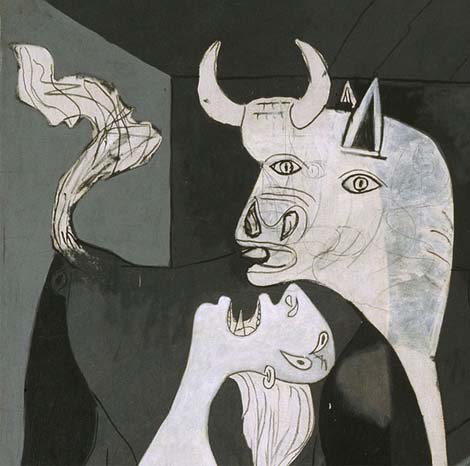
The Horror of April 26, 1937
On Monday, April 26, 1937, warplanes of the German Condor Legion—one of Spain’s allies—bombed Guernica for about two hours. The Germans used the opportunity to assist Franco in suppressing the partisans and to test new weapons. The attack was controversial, as it involved a high number of civilian casualties.
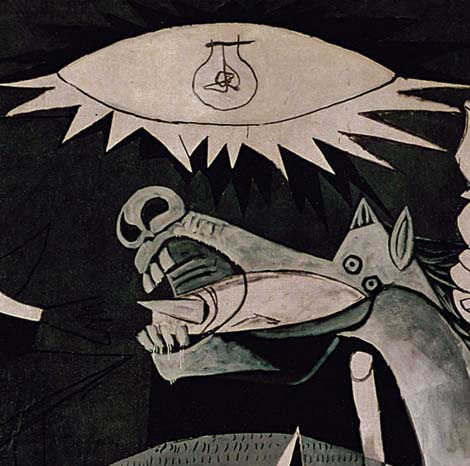
Did you make that horror?
“No. That is your work.”
(Picasso’s response to the German ambassador Otto Abetz,
during a visit to his studio, in front of a photograph of Guernica)
Art as Testimony
Through art, Picasso brought attention to this violent act and opened the world’s eyes to the events taking place in his homeland. He does not depict the scene as a spectator; instead, through shapes, figures, and colors—or rather the lack of color—he conveys the meaning of war, repression, and cruelty. The oversized mural is painted in shades of gray and black. Its symbolism is complex, but the central message is one of suffering and human pain. The painting does not glorify victory or heroism but highlights war’s destructive nature.
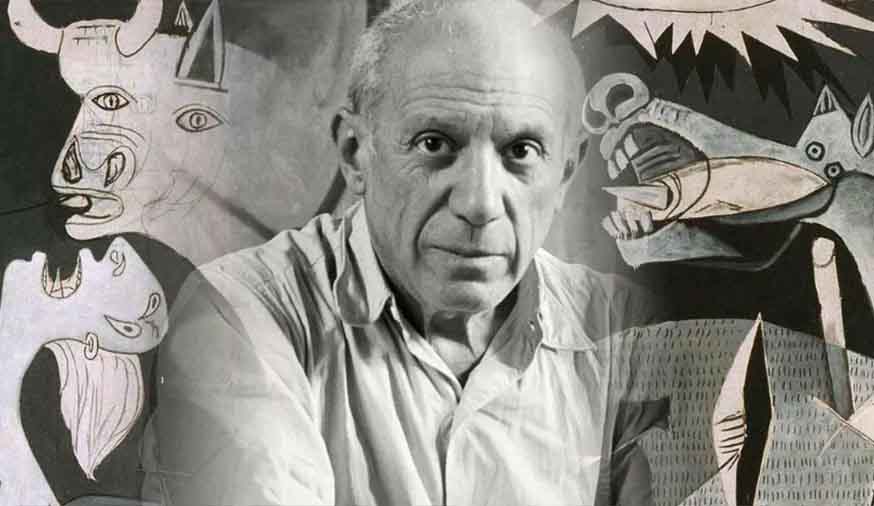
From Paris to Madrid: Guernica’s Journey
La Guernica ricevette una certa notorietà a Parigi durante l’Esposizione Universale e, per due anni, fu esposta in Europa. Nel 1939, quando il governo di Franco sconfisse il movimento repubblicano e prese il controllo del paese, non era sicuro riportare il murale in Spagna. Con l’inizio della Seconda Guerra Mondiale, non era sicuro nemmeno lasciarlo in Europa. Fu trasferito negli Stati Uniti, dove rimase esposto per decenni al Museum of Modern Art (MoMA) di New York.
Guernica gained some notoriety in Paris during the World’s Fair, and for two years it was displayed across Europe. In 1939, when Franco’s government defeated the Republican movement and took control of the country, it was not safe to return the mural to Spain. With the onset of World War II, it wasn’t safe to keep it in Europe either. It was moved to the United States, where it was exhibited for decades at the Museum of Modern Art (MoMA) in New York.
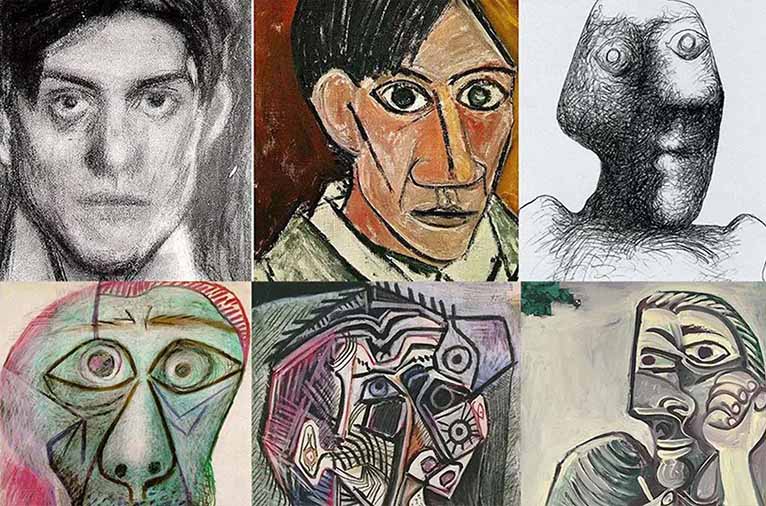
The difference in styles is testimony to his constantly evolving expression
The Return to Spain
Picasso firmly believed that the painting belonged to the people of Spain, but it wasn’t until 1981, several years after Franco’s death, that the mural was finally returned to Spain. It is now displayed at the Museo Nacional Centro de Arte Reina Sofía in Madrid
We are fortunate to live in a world where Picasso’s painting still exists, and the forces that tried to silence his voice were ultimately silenced instead. Guernica remains a powerful reminder of the atrocities of war and teaches us that the paintbrush, like the pen, can be a mighty weapon against oppression.
Guernica Reinactment
Guernica what Inspired Picasso’s Master piece
Read the novel that was inspired by Pablo Picasso and Guernica
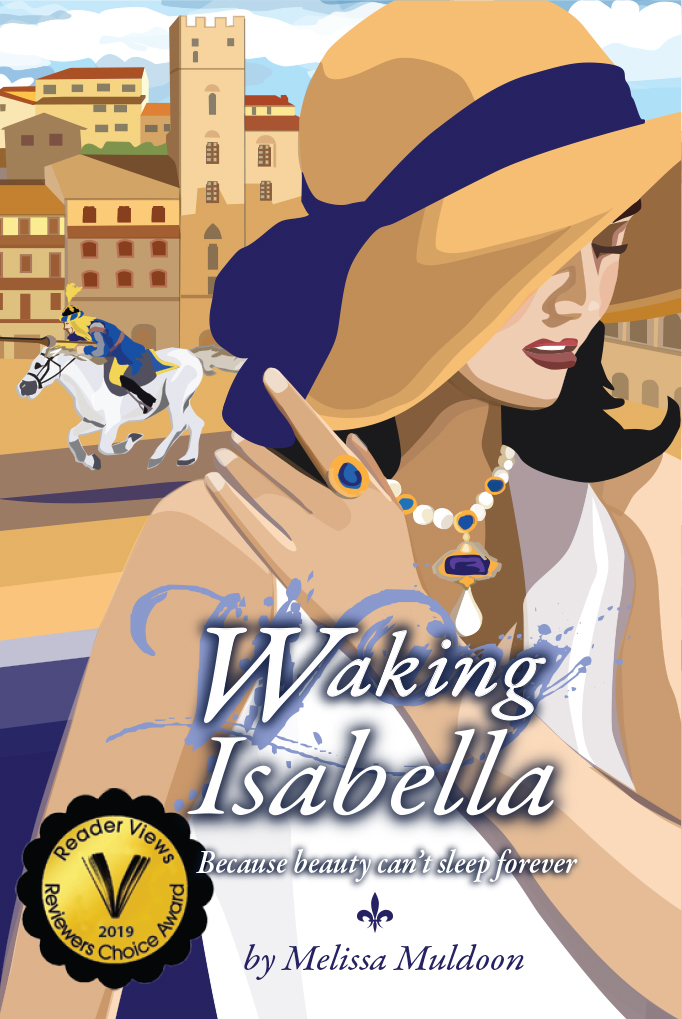
Waking Isabella
Waking Isabella is a story about uncovering hidden beauty that, over time, has been lost, erased, or suppressed. It also weaves together several love stories as well as a few mysteries. Nora, an assistant researcher, is a catalyst for resolving the puzzle of a painting that has been missing for decades. Set in Arezzo, a small Tuscan town, the plot unfolds against the backdrop of the city’s antique trade and the fanfare and pageantry of its medieval jousting festival. While filming a documentary about Isabella de’ Medici—the Renaissance princess who was murdered by her husband—Nora begins to connect with the lives of two remarkable women from the past. Unraveling the stories of Isabella, the daughter of a fifteenth-century Tuscan duke, and Margherita, a young girl trying to survive the war in Nazi-occupied Italy, Nora begins to question the choices that have shaped her own life up to this point. As she does, hidden beauty is awakened deep inside of her, and she discovers the keys to her creativity and happiness. It is a story of love and deceit, forgeries and masterpieces—all held together by the allure and intrigue of a beautiful Tuscan ghost.
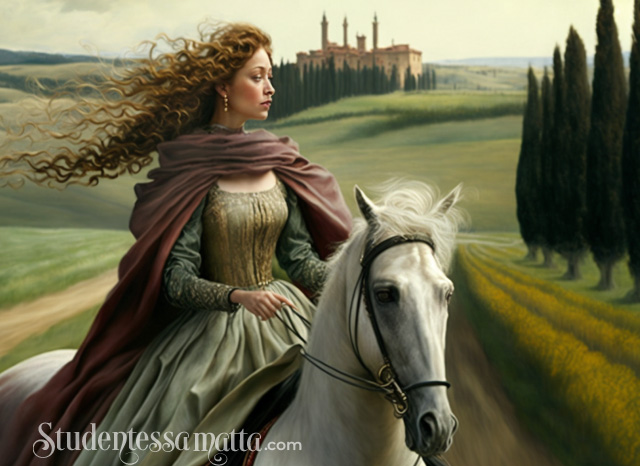
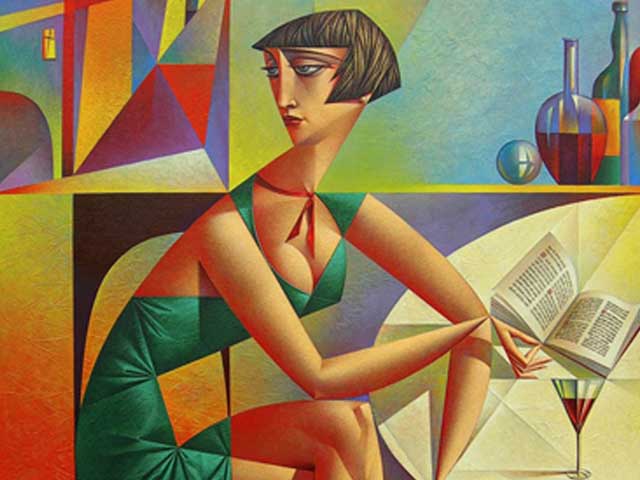
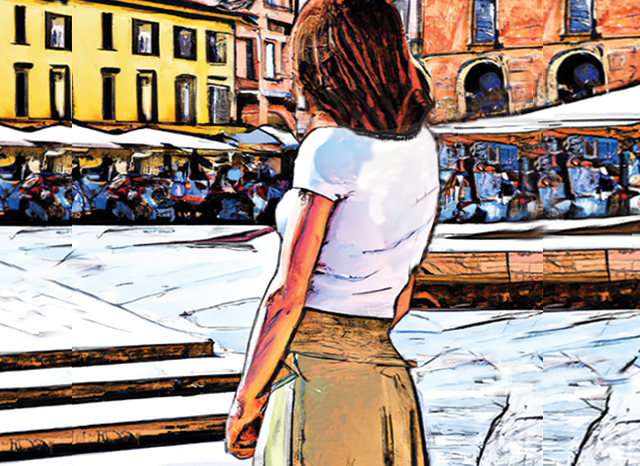
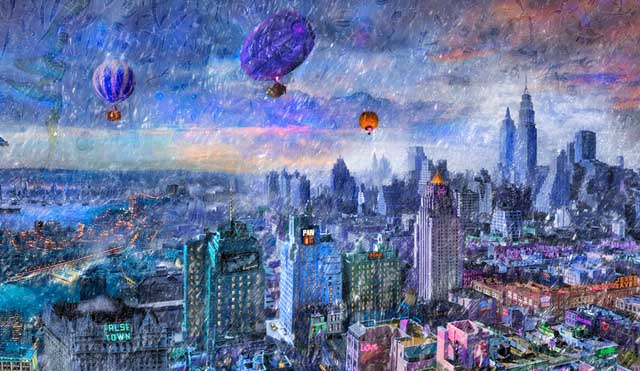
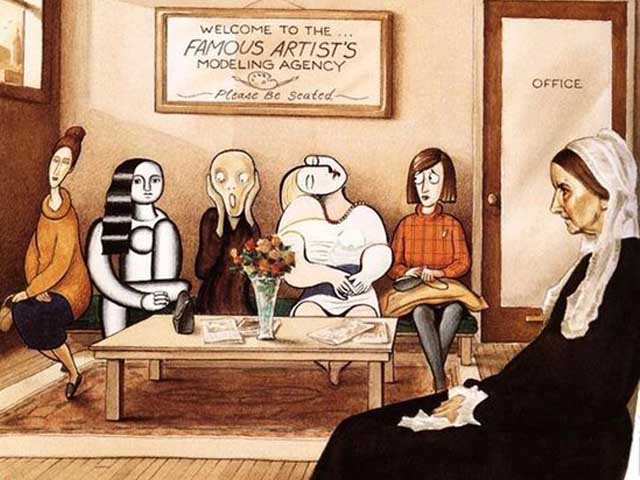
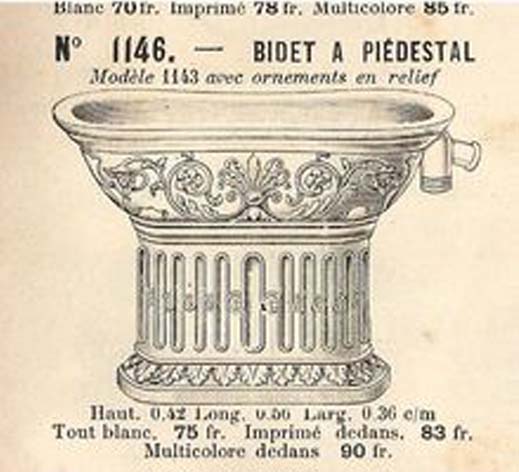
Good presentation of Picasso’s anti-war sentiment. Working on project for art of today to be anti-war. I would like to discuss this with you. John E. Migliaccio, JD. In Rhode Island USA